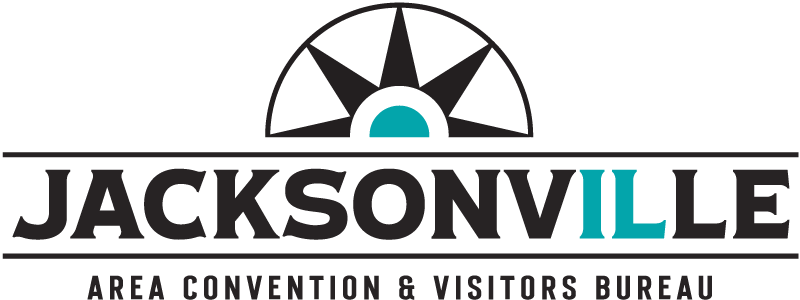Our Past
Platted in March 1825 by surveyor Johnston Shelton, the prairie settlement of Jacksonville sat on a state road running from the Illinois River to Springfield and was settled by Southerners who migrated from Kentucky and Virginia. These early settlers grew the village rapidly with 11 log buildings and a post office surrounding a town square by the end of its first year. The arrival of New England settlers in the late 1820s — drawn to the Midwest for its rich, fertile soil — brought the desire to better the conditions for all people. From that zeal, a Presbyterian missionary named John Ellis joined a group of theological students from Yale College to found Illinois College in 1829, the first college in the young state of Illinois.
The foundation of the college fostered a sentiment that took root in Jacksonville even before the arrival of higher education. Since the 1820s, local organizations had been established to oppose slavery. Through the influence of these organizations and incubated by the college, Jacksonville’s reputation as an abolitionist hotbed made it a station on the Underground Railroad, helping guide those escaping the chains of slavery to freedom.
In those early years, transportation was a common inconvenience for settlers. But the arrival of the Northern Cross Railroad — the first railroad in Illinois — in 1840 and its connection to Springfield two years later signaled further social and economic growth in the city throughout the decade. In 1845, the Illinois School for the Deaf opened its doors and became the largest boarding school for deaf students in the world. That same decade, the Illinois School for the Visually Impaired began a similar mission for blind students. The Illinois Conference Female Academy — later renamed MacMurray College — was founded in 1846, while the state’s first medical school opened at Illinois College. During this time, local residents planted elm trees that soon towered over the young city’s streets and provided ample shade, eventually earning Jacksonville the nickname “Elm City.”
By 1860, the population had ballooned to 5,528, and the arrival of two additional rail lines — the Tonica and Petersburg & the Jacksonville, Alton, and St. Louis — brought further growth to the city. Jacob Strawn, the cattle king of Morgan County and one of the richest men in Illinois, spent $100,000 on a grand, two-story opera house that attracted names like Mark Twain, Thomas Nast, John Wesley Powell, and Edwin Booth, brother of the would-be assassin of Abraham Lincoln.
Lincoln himself established ties to Jacksonville through his legal career and later gave a stirring speech in the town square during his 1858 Senate race. Three years later, Lincoln — then the nation’s 16th president — faced his greatest challenge during the Civil War, which saw 12% of the Jacksonville populace enlist for military service, mostly for the 10th Illinois Volunteer Infantry, the 14th Illinois Infantry, and the 101st Illinois Infantry. One of those who fought for the Union cause was Gen. Benjamin Grierson, whose cavalry raids through Mississippi achieved national fame. Another Union commander and Illinois native, then-Col. Ulysses S. Grant, led the 21st Illinois Infantry westward through Jacksonville along State Street, resting briefly at the county fairgrounds — the beginning of the young commander’s rise.
Following the war, Jacksonville’s population boomed, growing to 9,200 by 1870. That growth was also reflected in the city’s architecture with a new, stone courthouse and many other commercial buildings and churches. The Jacksonville Street Railway Co., incorporated in 1867, provided horse-drawn carriages in 1870 before evolving to electrified streetcars by 1890.
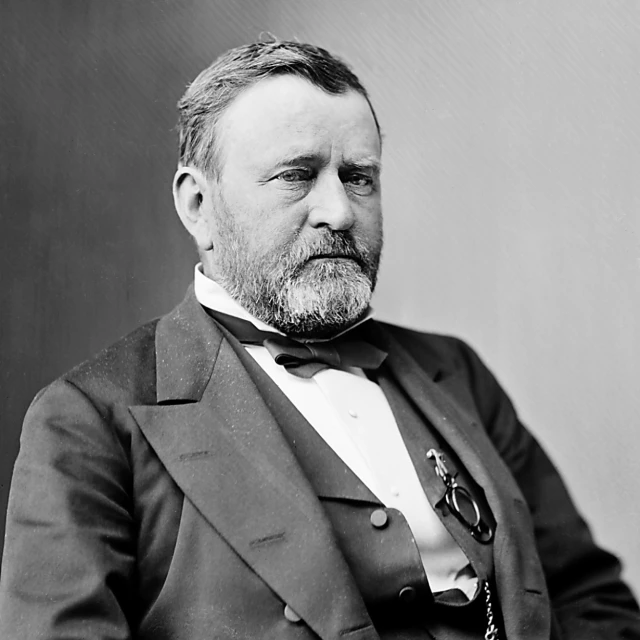
- President Ulysses S. Grant
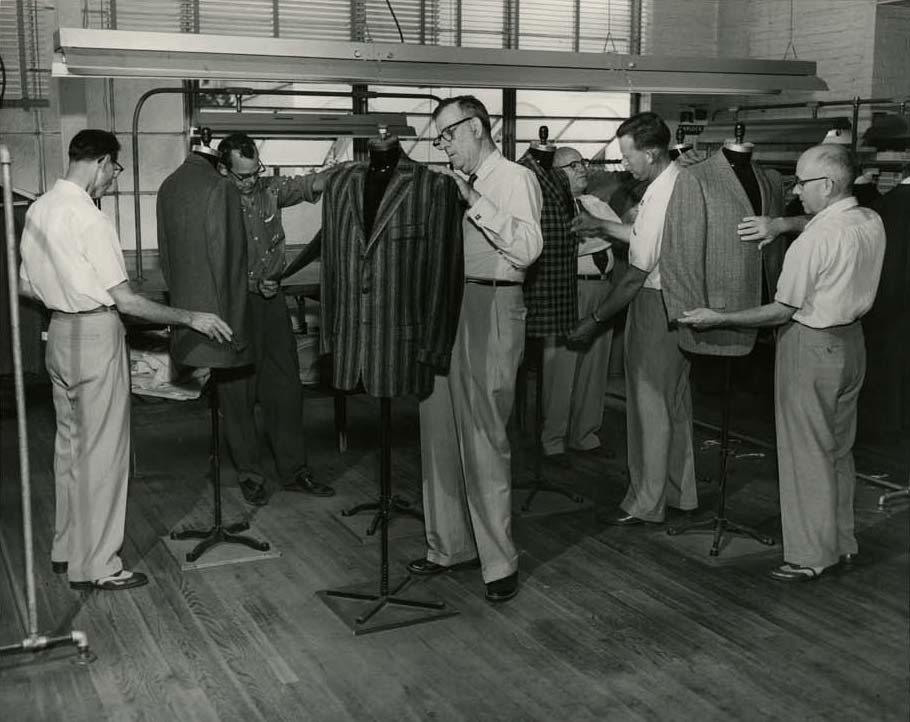
- JC Capps & Sons
Throughout the later half of the 19th century, many railways were established and later merged with larger lines, bringing many businesses and industries to the city. Planing mills, shirt factories, broom factories, and iron foundries flourished in Jacksonville — among them men’s clothing giant J.C. Capps & Sons — but the city soon became well known for its cigar factories. The L.S. Kent-McCarthy Co. produced roughly 6 million cigars in 1905, while the McCarthy-Gebert Co. employed 250 cigar rollers, making the owners among the wealthiest in the Morgan County working class before the local industry faded with the rise of the cigarette.
By 1900, the population had grown to more than 15,000. The rise of the automobile in the early 20th century finally brought Jacksonville to the modern age, with state funds used to finance a stretch of concrete pavement on Morton Avenue in 1915. As personal cars became more popular, the need for train lines became less pressing, ultimately ending a long chapter in Jacksonville’s storied history.
Notable Residents
Catherine Kendall Carson (1785-1869)
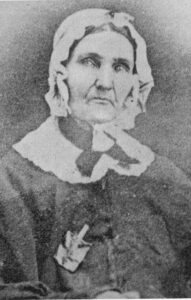 One of Jacksonville’s earliest inhabitants. As a midwife, Mother Carson is estimated to have delivered about 3,000 babies during her career.
One of Jacksonville’s earliest inhabitants. As a midwife, Mother Carson is estimated to have delivered about 3,000 babies during her career.
Gov. Joseph Duncan (1794-1844)
 Sixth Governor of Illinois, serving from 1834-1838 and the only Whig to serve in the office. Built the stately Duncan Mansion in Jacksonville, which stands today as a museum.
Sixth Governor of Illinois, serving from 1834-1838 and the only Whig to serve in the office. Built the stately Duncan Mansion in Jacksonville, which stands today as a museum.
Julian Monson Sturtevant (1805-1886)
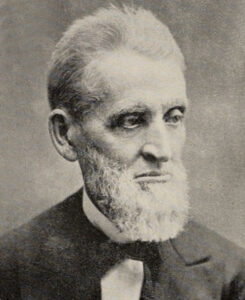 Author and educator, founding professor and second president of Illinois College. Served as president until 1876 and taught nine more years in the Department of Mental and Political Science.
Author and educator, founding professor and second president of Illinois College. Served as president until 1876 and taught nine more years in the Department of Mental and Political Science.
Gen. Benjamin Henry Grierson (1826-1911)
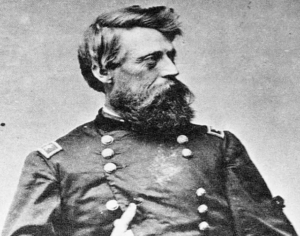 Music teacher and band leader, career officer in the United States Army. Led Grierson’s Raid, an 1863 expedition that severed Confederate communications between Vicksburg, MS, and commanders in the Eastern Theater. Later led the Buffalo Soldiers of the 10th Cavalry Regiment from 1866-1890.
Music teacher and band leader, career officer in the United States Army. Led Grierson’s Raid, an 1863 expedition that severed Confederate communications between Vicksburg, MS, and commanders in the Eastern Theater. Later led the Buffalo Soldiers of the 10th Cavalry Regiment from 1866-1890.
Maj. John Wesley Powell (1834-1902)
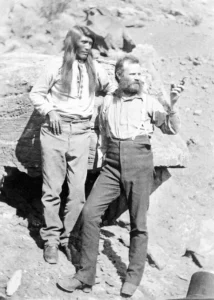 Illinois College alum, geologist, Soldier, explorer, professor, and director of the U.S. Geological Survey and the Smithsonian Institution. Led the 1869 Powell Geographic Expedition, which included the first government-sponsored passage through the Grand Canyon.
Illinois College alum, geologist, Soldier, explorer, professor, and director of the U.S. Geological Survey and the Smithsonian Institution. Led the 1869 Powell Geographic Expedition, which included the first government-sponsored passage through the Grand Canyon.
William Jennings Bryan (1860-1925)
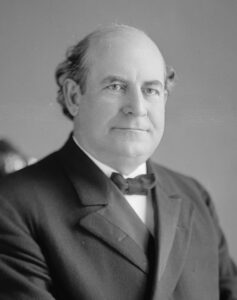 Democratic lawyer and politician, Illinois College alum. Graduated at the top of his class at IC and took a position with a local law firm after graduating from the Northwestern University School of Law. Ran for president three times in 1896, 1900, and 1908. Served as the Secretary of State under President Woodrow Wilson from 1913-1915 and later served as a witness during the Supreme Court’s hearing of the Scopes Trial.
Democratic lawyer and politician, Illinois College alum. Graduated at the top of his class at IC and took a position with a local law firm after graduating from the Northwestern University School of Law. Ran for president three times in 1896, 1900, and 1908. Served as the Secretary of State under President Woodrow Wilson from 1913-1915 and later served as a witness during the Supreme Court’s hearing of the Scopes Trial.
Dr. Alonzo H. Kenniebrew (1875-1943)
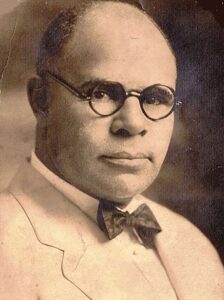 Alabama-born physician who served as a private doctor to Booker T. Washington. In Jacksonville, he became the first Black American to build and operate a surgical hospital, opening the New Home Sanitarium in 1909.
Alabama-born physician who served as a private doctor to Booker T. Washington. In Jacksonville, he became the first Black American to build and operate a surgical hospital, opening the New Home Sanitarium in 1909.
Nellie Augusta Knopf (1875-1962)
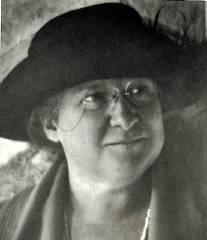 Chicago-born artist who later became a teacher and Art Department director at the Illinois State Women’s College (later MacMurray).
Chicago-born artist who later became a teacher and Art Department director at the Illinois State Women’s College (later MacMurray).
Luther Haden “Dummy” Taylor (1875-1958)
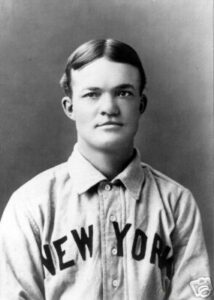 Deaf right-handed pitcher for the New York Giants from 1900-1901, then again from 1902-1908. Led the National League in games pitched in 1901 and helped lead the Giants to two straight World Series in 1904-1905. Worked as house father and coach at the Illinois School for the Deaf, where he remained on staff until his retirement in 1949.
Deaf right-handed pitcher for the New York Giants from 1900-1901, then again from 1902-1908. Led the National League in games pitched in 1901 and helped lead the Giants to two straight World Series in 1904-1905. Worked as house father and coach at the Illinois School for the Deaf, where he remained on staff until his retirement in 1949.
Ken Norton (1943-2013)
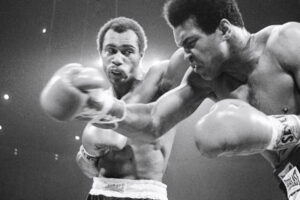 Professional boxer from 1967-1981. Held the WBC heavyweight title in 1978. Fought Muhammad Ali three times with a 1-2 record against The Greatest. Inducted into the International Boxing Hall of Fame in 1992.
Professional boxer from 1967-1981. Held the WBC heavyweight title in 1978. Fought Muhammad Ali three times with a 1-2 record against The Greatest. Inducted into the International Boxing Hall of Fame in 1992.
